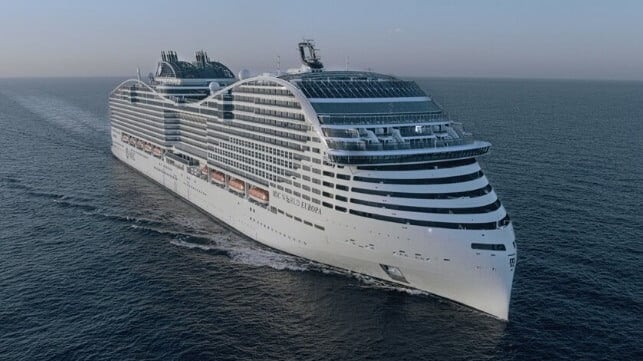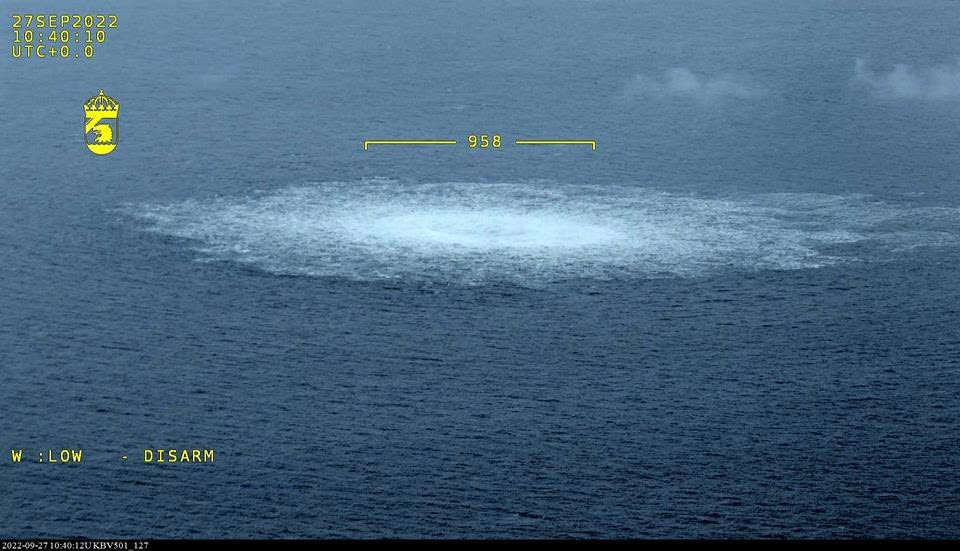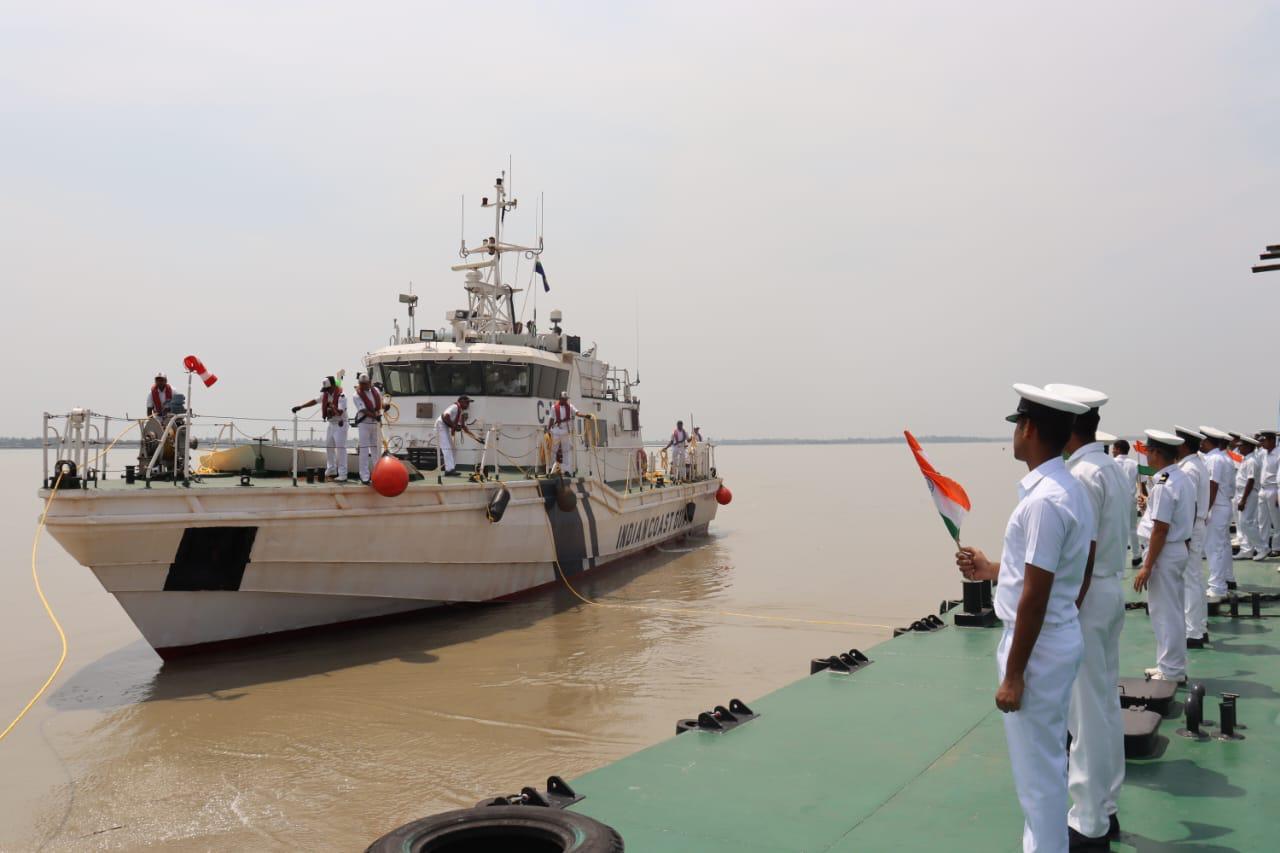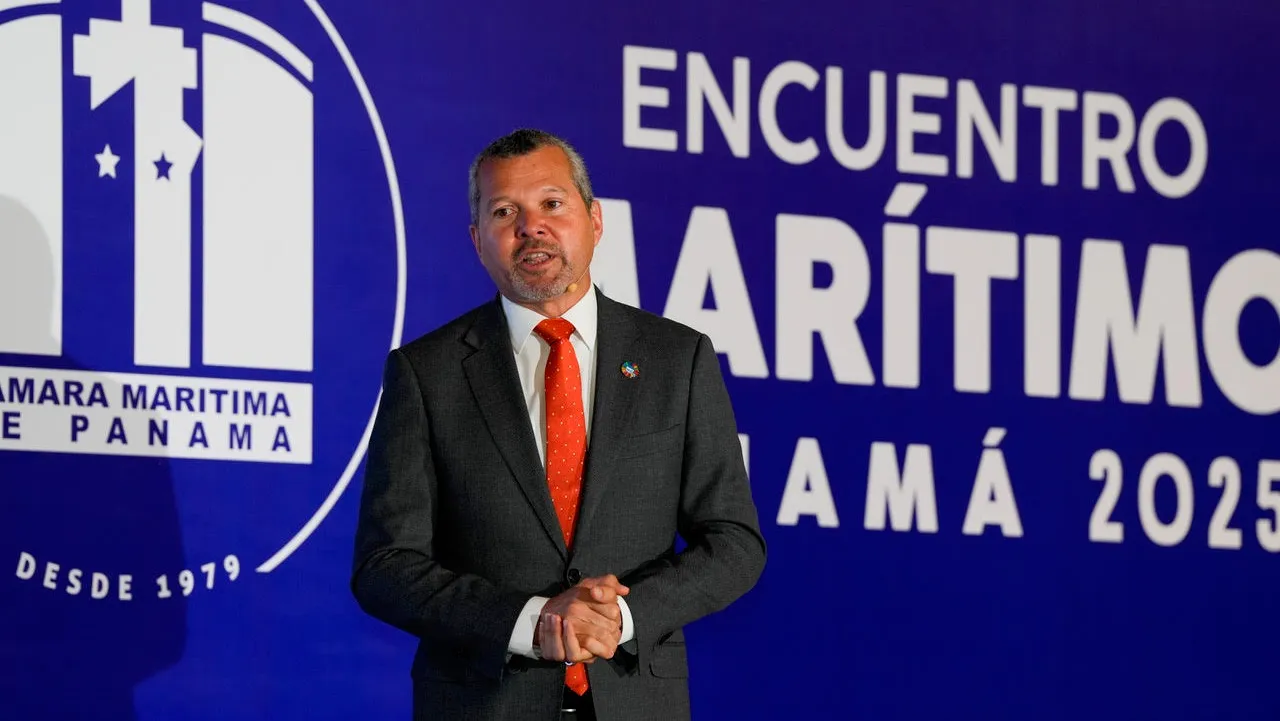Maritime Executive: Italian Coast Guard Responds as Mega MSC Cruise Ship Loses Propulsion Power
MSC World Europa, one of the largest cruise ships in the world with a reported 8,500 people aboard, lost propulsion early Monday, August 25, off the coast of Italy. The incident drew wide media attention with sensational reports saying it had grounded or crashed. The Guardia Costiera responded to the ship, and it was emphasized that the vessel was never in any physical danger.
Introduced in 2022 as the first MSC cruise ship to exceed the 200,000 gross ton mark, the ship was making a week-long cruise circuit in the Western Mediterranean and sailing between Genoa and Naples when, according to passengers, the vessel stopped at approximately 0530 Monday morning. The incident was reported to the Coast Guard control center at approximately 0730, and two patrol boats and a helicopter were dispatched to survey the situation.
At 215,863 gross tons, the massive 1,094-foot (333-meter) vessel is reported to have a total of 8,585 people aboard, including 6,496 passengers on an end of summer cruise and 2,089 crewmembers. Some of the passengers were due to disembark today in Naples, and others were waiting to join the ship.
The Coast Guard placed officers aboard the ship to survey the situation and reported it was told that the ship was experiencing an electrical problem with its propulsion. The ship is one of the largest to be fueled with LNG. The ship uses GE Power Conversion’s in-board electric propulsion system using two 25 MW induction motors that drive two conventional fixed-pitch propellers via direct shaftlines. It was built by Chantiers de l’Atlantique and is third in size only to Royal Caribbean International’s sister ships Icon and Star of the Seas and the Oasis class of cruise ships. MSC introduced a second ship of the class this year and has ordered four more World Class ships.
Passengers were reported calm while the ship was drifting approximately eight miles off the coast of the Italian island of Ponza. The ship was able to continue to run its generators and was maintaining passenger services.
Two tugs from the ports of Gioia Tauro and Naples were dispatched, and plans were being made to tow the ship, if necessary, the approximately 50 miles to Naples. However, by early afternoon, MSC Cruises was reporting that the crew had been able to initially restore partial propulsion. The Coast Guard did a further inspection, and the ship was moving at 15 knots with a Coast Guard escort to Naples. It docked at 2100 local time on Monday night.
MSC said technicians would continue to repair and inspect the cruise ship. Passengers were proceeding with the disembarkation and embarkation. The plan called for the ship to resume its cruise on Tuesday, sailing for Messina.
At the highest level of background, nations with considerable streams of exports to the States are all watching the ever-shifting dialogue on tariffs. But countries with ship construction, maintenance, and repair expertise are in a unique position; they have something that the policy makers in the Trump Administration want desperately- a vehicle for buttressing a resurgent vessel building capability.
This confluence led to the very broad-brush “Make American Shipbuilding Great Again” (MASGA) proposition from South Korea, with investment of as much as $150 billion to bolster US shipbuilding capacity, including training of workers, as well as role in maintenance of US Navy vessels. These efforts are part of a larger programme, reported to be as much as $350 billion, for South Korean investments into the States. Though plans are evolving, discussions on shipbuilding are intertwined with the diplomatic back-and-forth on tariffs.
We are seeing some areas on the MASGA canvas now being filled in. Following a meeting earlier this week, between President Donald Trump with South Korean President Lee Jae Myung, the South Korean builder Hanwha- already committed to playing an important role in US efforts, announced that it would be investing $5 billion towards expansion of the Philly Shipyard, acquired from Norwegian owners late last year for around $100 million, with a stated objective of increasing capacity for the delivery up to 20 vessels per year. The meeting was timed to coincide with the christening, the following day, of the training ship State of Maine, destined for Maine Maritime Academy, under construction at the yard.
Related:Hanwha unveils more orders and $5bn investment for Philly Shipyard
There have been other announcements from the South Korean builders. Notably, the Trump White House has played a role in bringing financial investors into the fray. HD Hyundai is now set to tie up with alternative investment giant Cerberus Capital, with backing from the Korean Development Bank, to create a multibillion-dollar joint investment fund aimed at strengthening the maritime capabilities of the US and its allies, including shipbuilding, marine logistics infrastructure, and advanced marine technology.
Cerberus, with approximately $65 billion of assets under management, is no stranger to the US maritime space; it had previously invested in Jones Act product tanker construction at the NASSCO shipyard on the US West Coast, backing the construction of MR tankers now owned by a Kinder Morgan affiliate and managed by Crowley.
Related:HD Hyundai joins bid to ‘Make America Shipbuilding Great Again’
According to a Cerberus release, “HD Hyundai will serve as an anchor investor to the strategy and act as a technical and industrial partner, bringing its global expertise in shipbuilding, marine engineering, and digital maritime solutions. In addition to providing investment diligence and strategic insights, HD Hyundai will explore opportunities for collaboration related to US shipyards, ports, and maritime technology.” But it’s clear that the investment is tied to the bigger picture; the release adds that: “This strategic partnership is aligned with HD Hyundai’s commitment to the US – Korea alliance and supporting the future of US and allied shipbuilding.”
Another South Korean shipbuilding behemoth, Samsung Heavy Industries, has announced that it will be partnering with Vigor Marine Group, based in Seattle, Washington with affiliates along the West Coast, and previously owned by the well-known financial investor, The Carlyle Group, to focus initially on the maintenance and repair of US Navy vessels.
The yard, now controlled by Private Equity giant Lone Star Funds, is in the final stages of completing the electrification (using a package from ABB) of a 2,000 passenger/ 200 vehicle ferry serving the Seattle area, the first of three in a hybridisation package for Washington State Ferries (WSF). Vigor’s announcement alluded to the potential for transfers of advanced technologies from Samsung to benefit activities at its facilities in the States.
Related Posts





